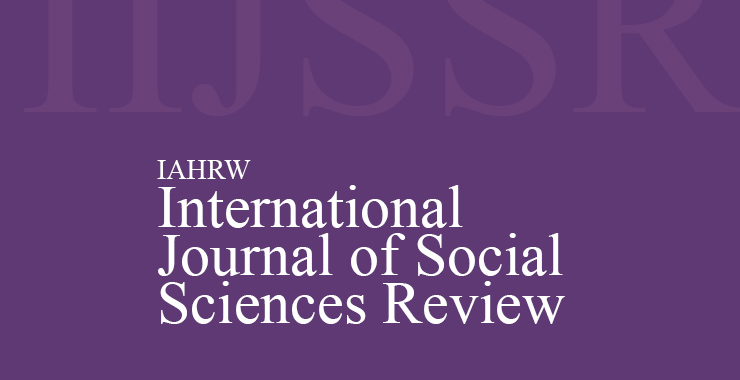Importance of Millets for Sustainable Agriculture and Nutritional Security
Original price was: ₹ 201.00.₹ 200.00Current price is: ₹ 200.00.
Page: 149-151
Jomon Mathew12 and Seetha Lekshmi V.2 (Department of Economics, College of Engineering Trivandrum (CET), Trivandrum, Kerala1 and Department of Economics, University College Trivandrum Kerala2)
Description
Page: 149-151
Jomon Mathew12 and Seetha Lekshmi V.2 (Department of Economics, College of Engineering Trivandrum (CET), Trivandrum, Kerala1 and Department of Economics, University College Trivandrum Kerala2)
Millets, acknowledged as ‘superfoods’, present substantial potential to advance sustainable agriculture and contribute to global health improvements. They offer superior nutritional content compared to carbohydrate-dominant staples such as rice and wheat, thereby proving effective in combating malnutrition and addressing micronutrient deficiencies. Once stigmatized as ‘poor man’s food,’ millets are now increasingly recognized for their expanding role and beneficial attributes. This paper aims to emphasize the importance of millets through two specific objectives: (i) providing an overview of the market size and production trends of millets, and (ii) examining their significance in ensuring nutritional security and promoting sustainable agriculture. The current study utilizes published data obtained from authoritative sources, which include the Ministry of Agriculture & Farmers Welfare, the Directorate of Economics and Statistics, and FAOSTAT. Based on secondary data sources, the current study highlights a concerning fall in both the cultivated area and the production of millets in India. Despite these challenges, the analysis emphasizes the critical role of millets in ensuring food security and promoting sustainable farming practices. With increased global attention on millet in 2023, there is an urgent need to prioritize and strengthen efforts to boost millet production. Institutions such as the Indian Institute of Millets Research (IIMR) are encouraged to develop comprehensive strategies focused on enhancing production, increasing popularity, and adding value to millets. Policy recommendations include targeted interventions such as the distribution of improved seeds, the adoption of efficient irrigation techniques, and educational programs for farmers aimed at enhancing the overall growth, stability, and productivity of millets.

